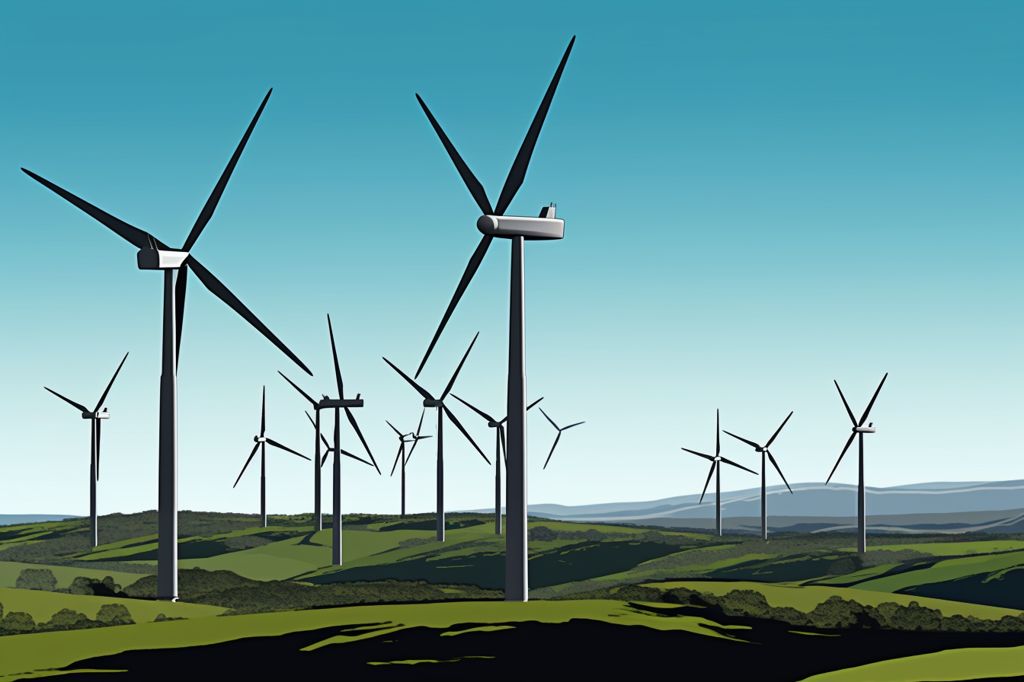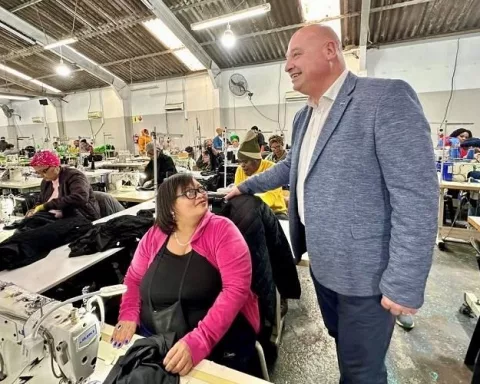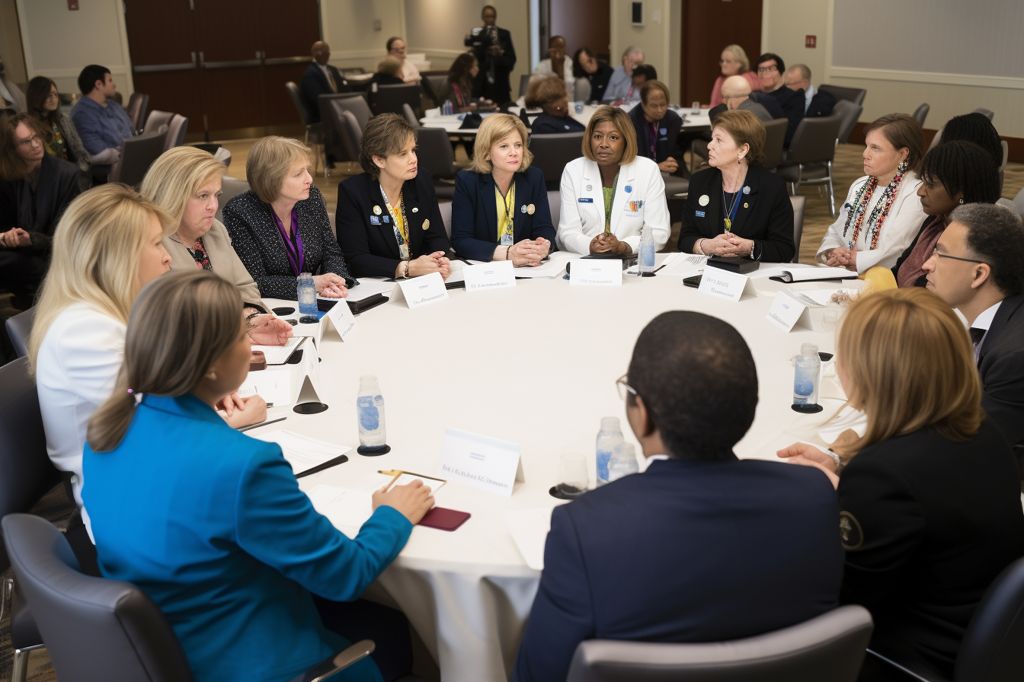At the Energy Digicon conference, Mr. Moodley discussed the potential role of wind power in addressing the energy crisis. According to him, the Klipheuwel wind farm already generates enough electricity to power approximately 15,000 homes, with the potential for further development in the area.
Ambitious Targets for Renewable Energy
The Western Cape government aims to generate 50% of the province’s electricity from renewable sources by 2030. Wind power is expected to play a crucial role in achieving this target and meeting the province’s electricity needs. In addition, the development of wind farms can create job opportunities and stimulate economic growth in the region.
Challenges of Wind Power
Despite its potential, the development of wind power faces challenges. One of the main challenges is the fluctuating production of electricity due to the variability of wind. This means that wind power needs to be integrated into the electricity grid in a way that ensures a reliable and stable supply of electricity.
Developing a Smart Grid
To address this challenge, the Western Cape government is working on developing a smart grid that can effectively integrate renewable energy sources such as wind power. The smart grid will use advanced technologies such as energy storage systems and demand response programs to manage the variability of renewable energy sources and ensure a stable supply of electricity.
Overall, the Energy Digicon highlighted the potential of wind power in the Western Cape. The development of wind farms can provide clean, renewable energy and create job opportunities in the region. However, the challenges associated with the variability of wind need to be addressed through the development of a smart grid and other advanced technologies. The Western Cape government’s commitment to renewable energy will continue to drive the growth of this sector in the years to come.












